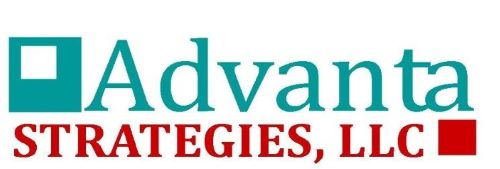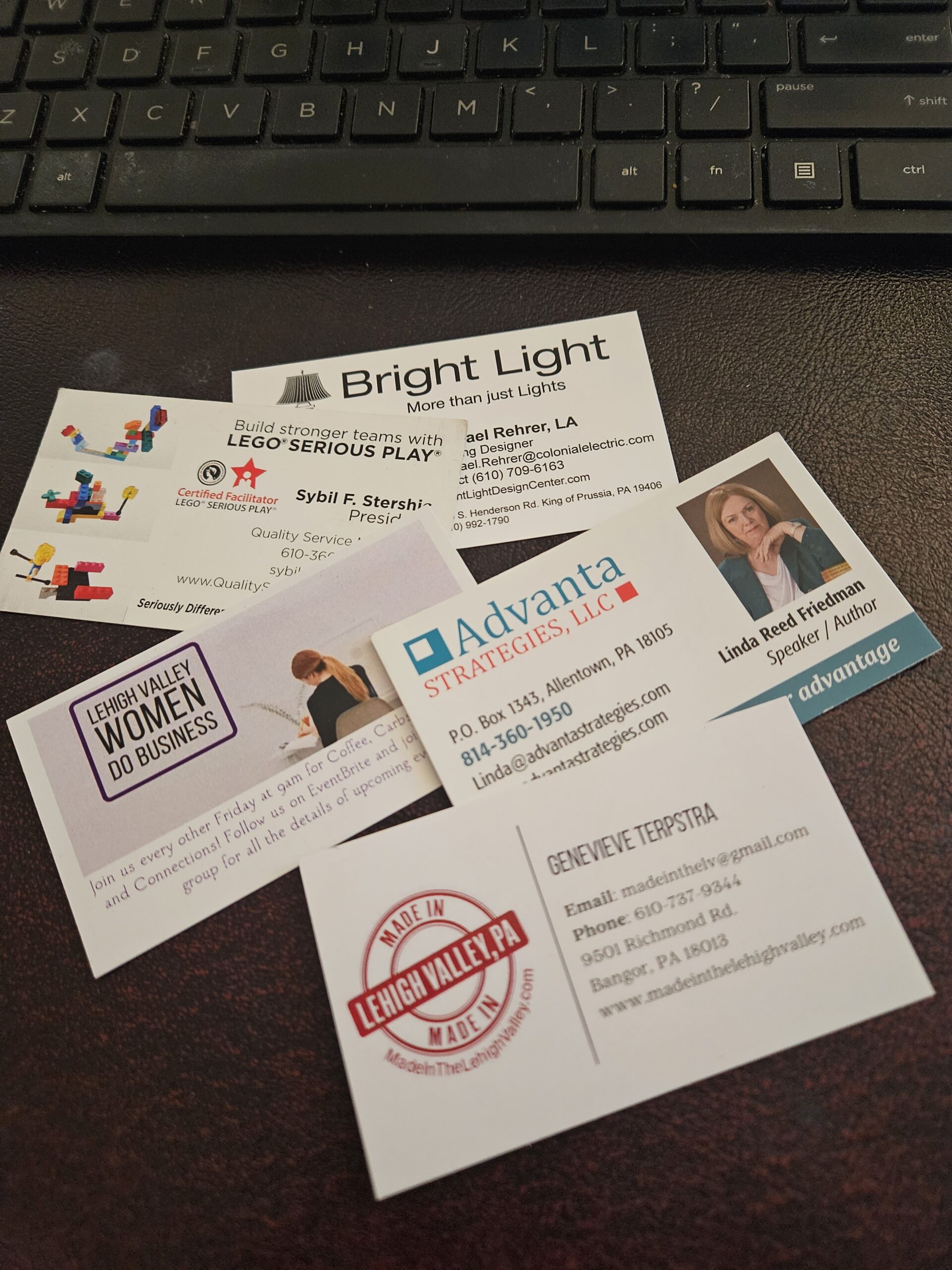Image by Stefan Keller Pixabay
There are three points about envisioning possibilities.
The possibilities could be a dream with a magazine, a pot of paste, and a 24×36 foam core board, but it’s not sticky enugh. The dream keeps disappearing.
It could be a vision you’ve had since you were 15 years old. The vision has a fancy new bright red Corvet, a massive home with your man cave or she-shed, and an entertaining room for nights with friends. It all came about because you own or work for a powerful unknown extra-prestigious company. Yet it is not enough.
There are nine areas of your life you need to think about, dream about, envision. They are Health, Wealth, Family, Relationships, Creativity or Playful Children, Your Reputation, Your Career, Travel or Helpful People, and Wisdom.
During the next month, I’ll explore these areas for you to consider. Some of those areas you’ve nailed. In others, you may want to pull down the shade and some you would like to grow and develop. Explore them with me. Each has a message for you.
How Humor Can Lighten the Room
A smile can make your design pitch twice as memorable. Humor, when done right, isn’t about being a comedian it’s about being human. A little laughter reminds everyone that design is supposed to bring joy, not stress. So the next time you walk into a presentation, bring your sense of humor along with your fabric swatches. You’ll leave behind not only a beautiful concept but also a positive impression.
Creating Connection: The overlooked power of eye contact
Eye contact is the designer’s secret to presence. It’s what transforms a presentation from mechanical to magnetic. Slides may show your ideas, but your eyes show your confidence and that’s what clients and audiences remember most.
Why Every Designer Should Practice Their Speech
In design, presentation is persuasion. When you practice speaking as much as sketching, you build trust, authority, and excitement around your ideas. A polished pitch can make the difference between a “maybe” and a “let’s do it.” Remember your voice is part of your professional toolkit. Use it well, and let it sell your vision as powerfully as your designs do.
NETWORKING …. WHAT HAPPENS AFTER
Networking is more about follow-up than first impressions.
Sound as Good as You Look
Trade shows can showcase your talent and brand but shouldn’t cost you your voice.
The Designer’s Elevator Pitch:
If you can’t explain your vision in a minute, you’ll lose the moment. In the world of design, opportunities often appear unexpectedly,a quick chat at a showroom, a brief meeting at a networking event, or a chance encounter with a potential...








Oh great! I will look forward to your posts this month. I love to play around in the field of possibilities.
Uh fun, we talk about similar content